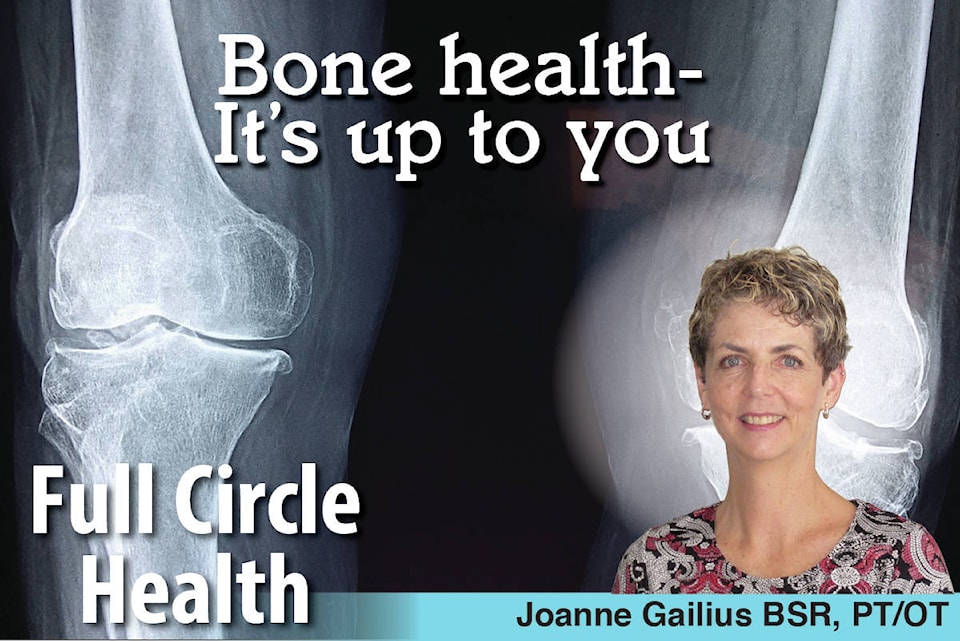Spring is here, along with the greening and blossoming of our valley. Sunshine and Vitamin D help this season along…..these factors are integral to support women’s bone health. In addition, how we move, how we sleep, how to eat and manage our stress impact our bone health!
Women have a lifetime risk of hip fracture of 1 in 6, compared to 1 in 8 for breast cancer. Our risk of dying from a hip fracture is equal to our risk of dying from breast cancer. If we include all women worldwide, we have a 1 in 3 risks of osteoporotic fractures. Within one year of our first fracture, 1 in 8 women will go on to a second fracture. 1 in 5 women who fracture their hip will die within the year. These statistics show the very real effect of bone health on our quality of life and longevity. When you have osteoporotic changes in your spine (weakened bones + forward bent posture = the “Dowager’s Hump), you also may experience changes in your breathing, your cardiac function, your digestion, your mobility and increased pain, your continence and your emotional health.
How do you know you have osteopenia or osteoporosis? Talk with your doctor, especially if you’ve finished menopause. There is a special x-ray called a Bone Mineral Density test that gives you a number that represents a comparison to other women, called a T score. It will tell you if your bone is dense, somewhat less dense (Osteopenia) or with substantial loss of density (Osteoporosis). To complicate things, bone density isn’t the whole picture…..dense bone may be thick but not responsive. Your bone needs to be able to respond to stressors and to have good muscular and joint support.
Exercise can change your bone health. Your bones are alive and will respond to exercise. Swimming, biking, and walking will support your heart health, but will not build bone. We’re talking HIIT, Circuit and Crossfit classes, strength training, yoga (think Downward Facing Dog) and sudden weight shifting exercise like tennis, jogging, and martial arts. Bones respond well to surprise physical stressors. The most common fractures from osteoporosis are in the spine, hips, wrists and shoulders, so ponder on exercise that challenges these! Think about balance. We all lose balance capacity as we age (due to muscular, postural, fitness and visual changes), but balance training is amazingly quick and beneficial. Better balance reduces your fall risk. Small nudges reap big rewards in balance, strength and bone support.
Bioavailable bone nutrients are in salmon (especially canned with the crunchy bones in the tins), dairy (cheese, yogurt or kefir), dark and leafy greens (kale, chinese greens, spinach) and phytoestrogens (as in seaweed, miso or tamari). A traditional Japanese diet supports bone health by providing extra Vitamin K and Calcium in the generous use of all the above ingredients. Think sushi! Alcohol (more than 5 oz/day) and caffeine (more than I c./day) do not support bone health. Calcium supplements are no longer generally recommended due to their potential detriment to our hearts. Smoking promotes bone loss, so it is time to quit!
Stress management is important in bone health as, when we’re stressed, we have elevated stress hormones coursing through our bodies. When we eat well, sleep well and exercise, our stress is reduced. The challenge is perhaps, for each of us to be aware of our own bespoke stressors and to put stress reduction and management on the front burner! Make self-care a priority to support your bones!
Here’s hoping that spring’s arrival will bring bone health to you.
